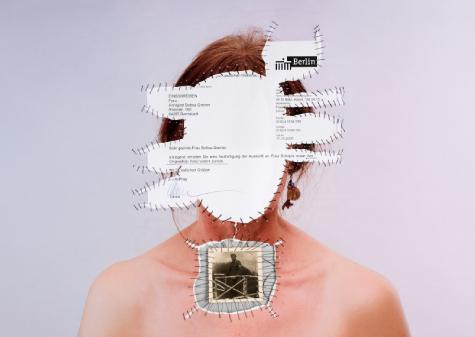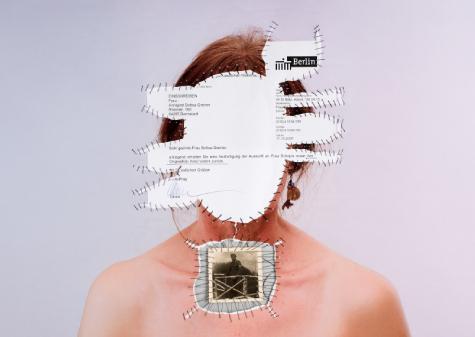Annegret Soltau is one of the most important feminist artists of our time. Since the 1970s, she has been focusing on personal and social identity, while also reflecting on her place as a woman in the construct of her own family.

Annegret Soltau
Annegret Soltau was born on January 16, 1946, in Lüneburg. She has lived and worked in Darmstadt since 1973.
Especially her pictures of bodies consisting of parts sewn-together are examples of her thematic focus on the wounds and the healing she has experienced in her past. Furthermore, she has created pieces that have always been provocative and were ahead of her time in terms of social issues. Whether in her explicit series about pregnancy and birth, in her involving her pubescent daughter in her work projects, or in her body-sewing works that deliberately go beyond the question of clear gender identity, Soltau has anticipated many discussions in society and has always positioned her controversial art off the mainstream track.



















